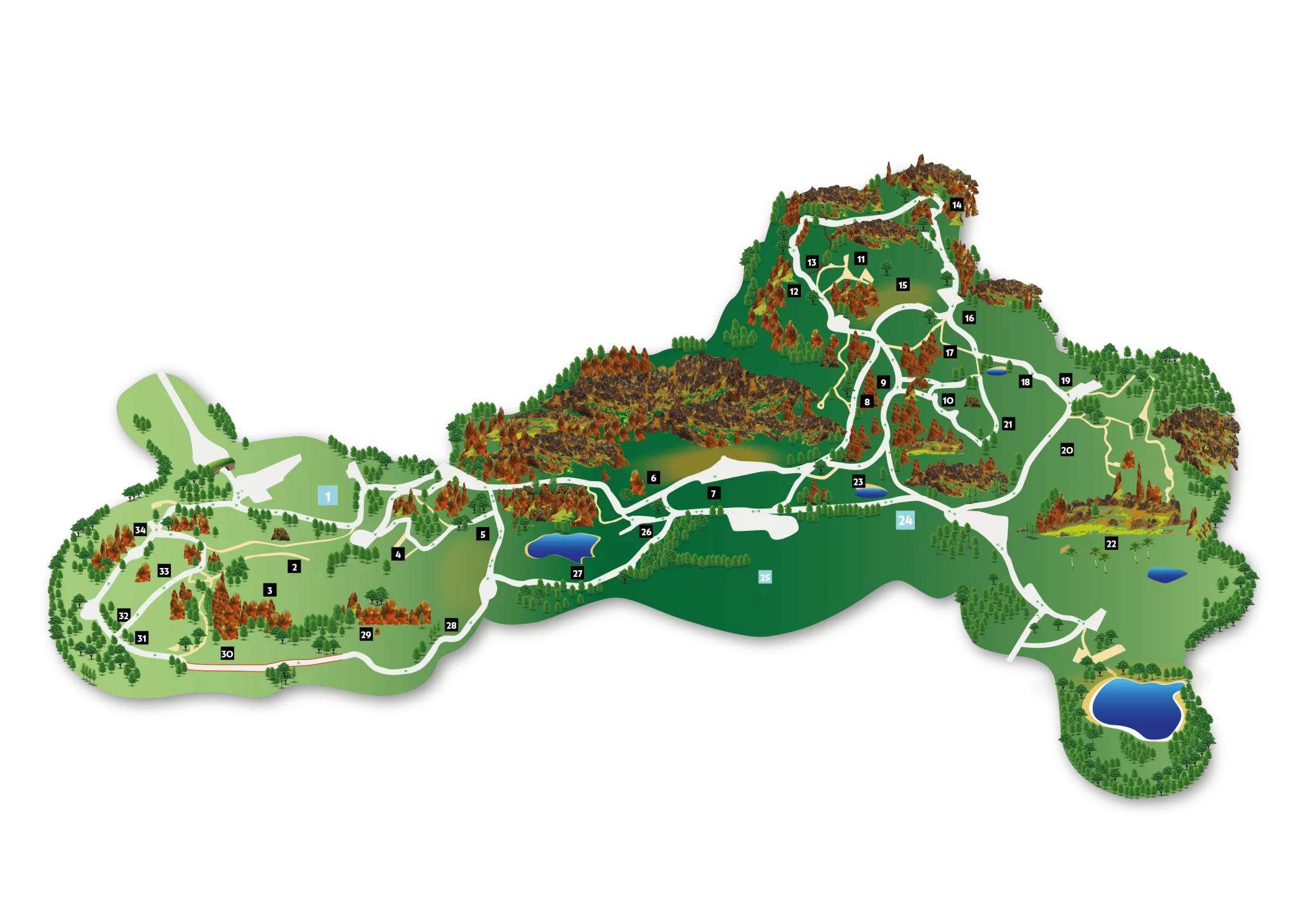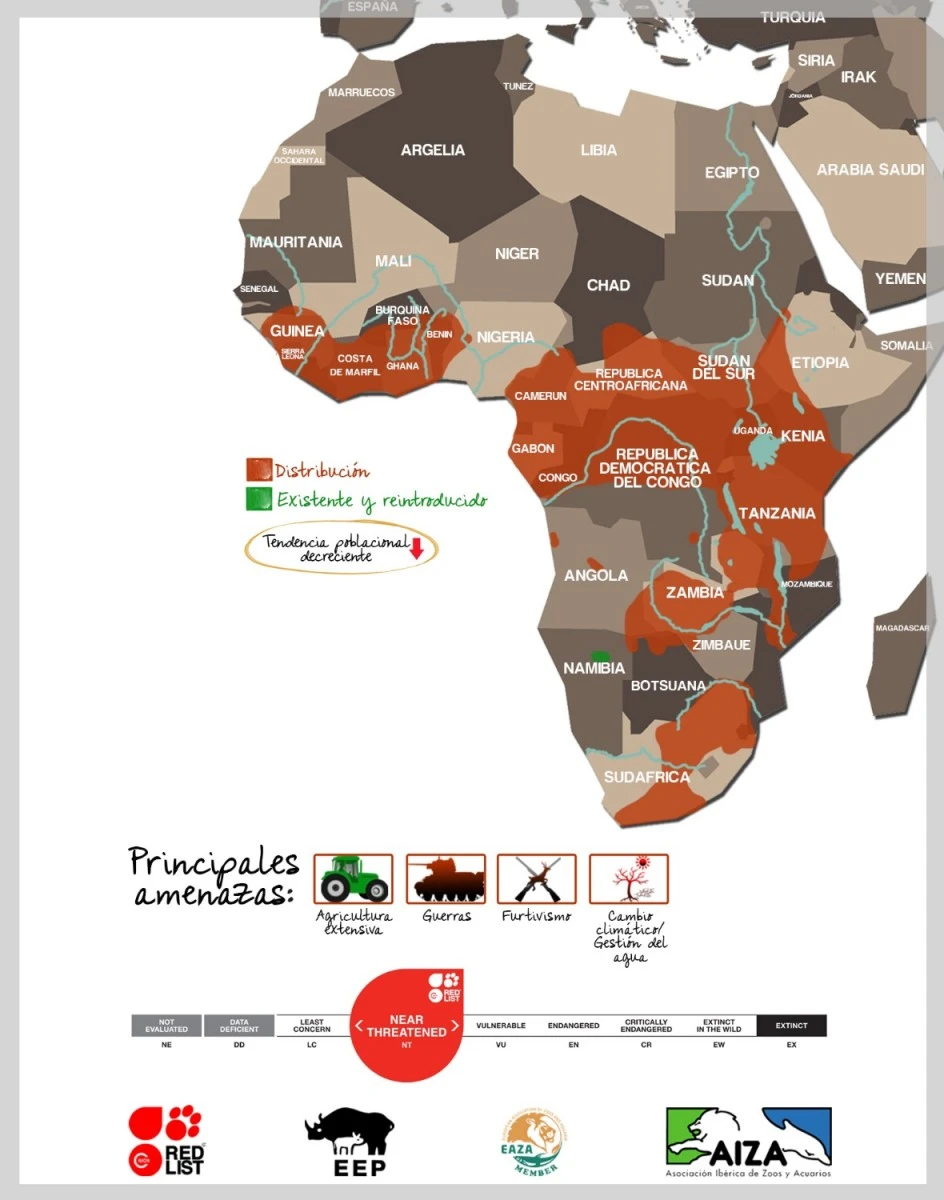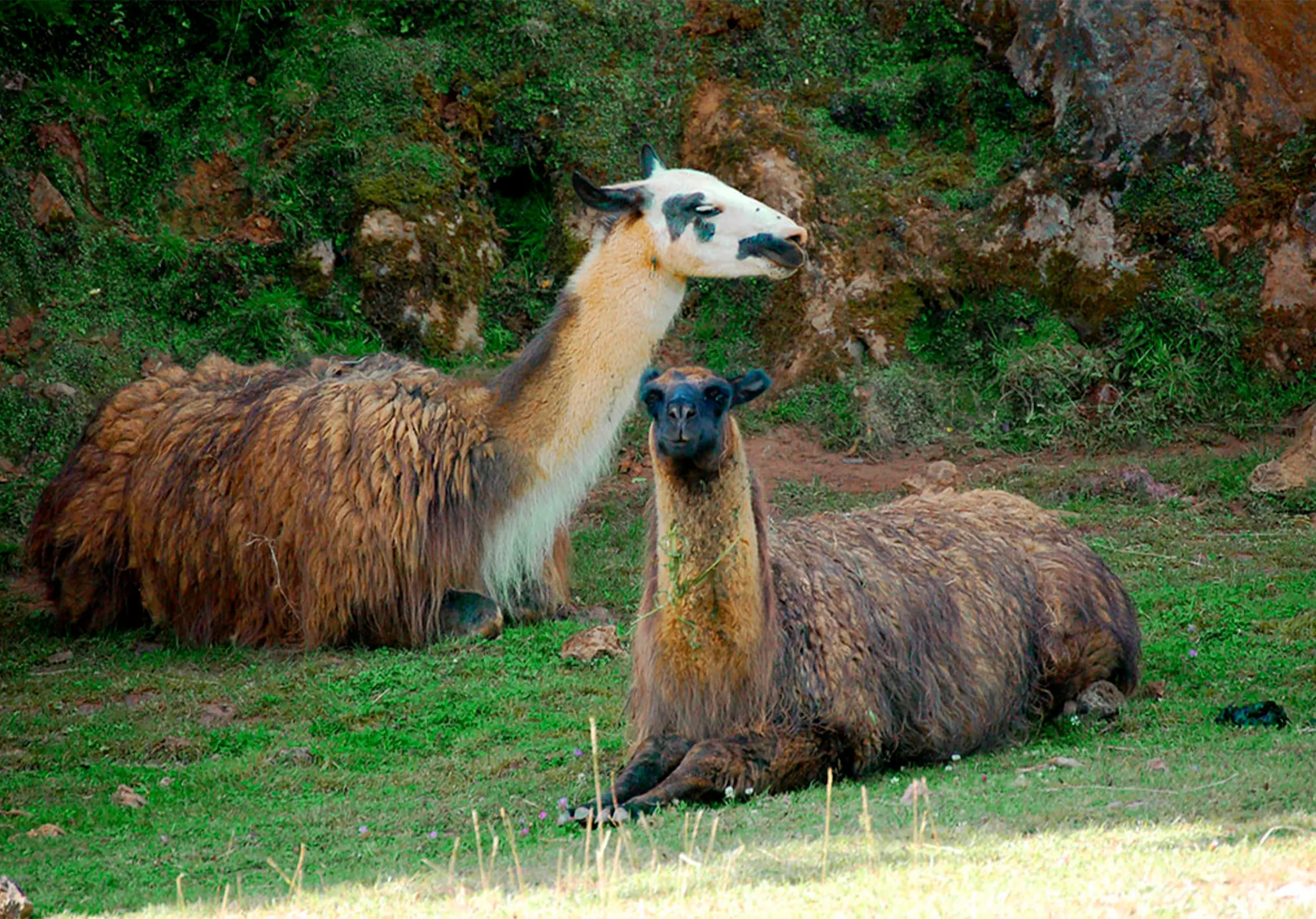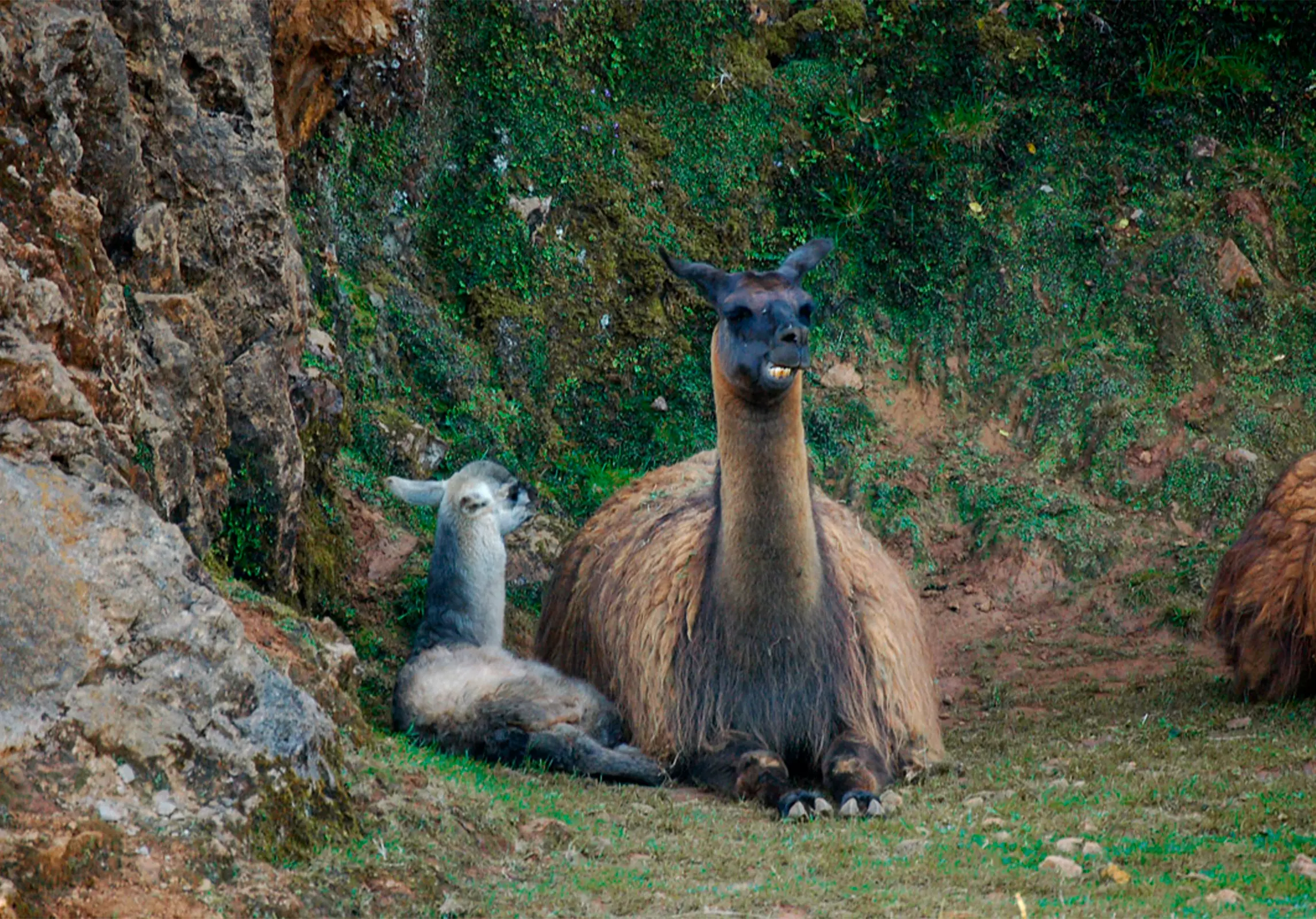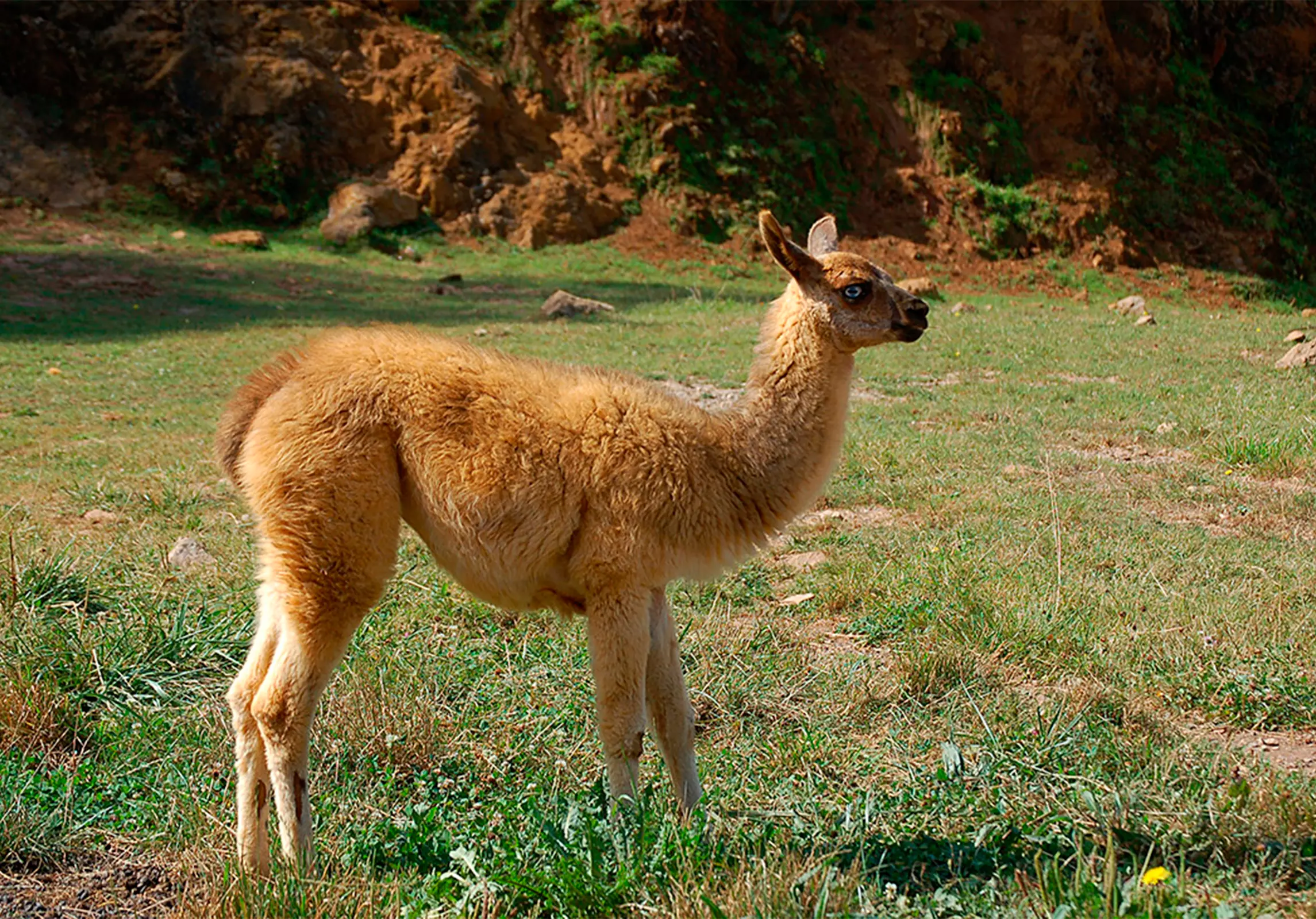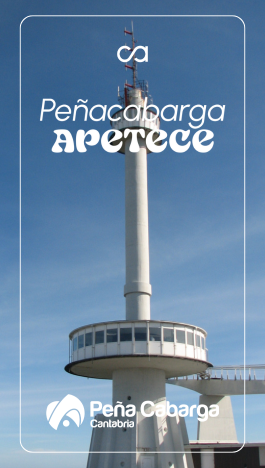
The llama, along with the alpaca, vicuña, and guanaco, is the only camelid native to the American continent, and it was domesticated by humans in the pre-Inca era and used as a pack animal, capable of transporting up to 50kg of weight. Its meat and wool are also usable.
The llama is a ruminant animal that feeds on high-mountain grasses and edible plants, since by possessing a very high number of red blood cells in its blood it can live in high areas, where there is a scarcity of oxygen.
During the rutting season, males become irreconcilable enemies that fight each other by biting and whinnying loudly, this being their way of claiming a territory as their own and, with it, the group of females found there.
This animal, when bothered, can regurgitate part of its food towards its mouth and spit it out to defend itself.

